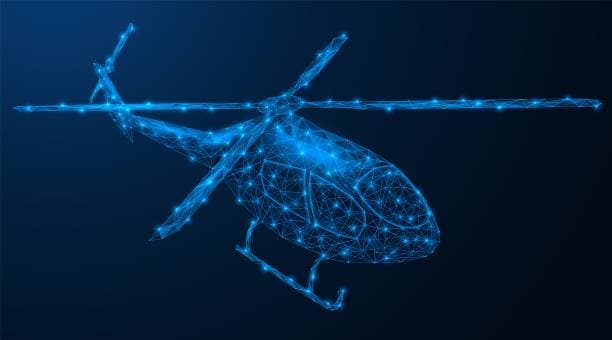The art of flight has long ceased to be solely the prerogative of engineers and aviators. Today, it occupies a special place in culture, combining technological achievements with aesthetic and creative forms of expression. For the people of Portugal, a country with a rich maritime and aviation history, the theme of flight inspires not only the study of technology but also the creation of unique artistic projects seen in airshows and interactive installations.
The first airshows appeared in the early 20th century and immediately captured the hearts of spectators worldwide. They became a meeting place of innovation and art, where pilots not only demonstrated the speed and maneuverability of aircraft but also created breathtaking visual scenes in the sky. In Portugal, such events gained special popularity, attracting thousands of aviation and art enthusiasts. Today, airshows include not only classic performances but also new technologies such as the use of drones and lighting effects that turn the sky into a huge canvas for live art.
Modern Airshows — More Than Just Flight
Modern airshows in Portugal and worldwide have become more than just demonstrations of flying machines; they are true spectacles. They combine music, choreography, and technological innovations to create emotional and visually stunning performances. In recent years, special attention has been paid to ecology and sustainable development, leading some events to feature electric aircraft and environmentally friendly technologies.
Spectators can enjoy not only the technical aspects of the show but also the aesthetics, which include complex sky figures, synchronized maneuvers of multiple aircraft, and lighting effects that emphasize the dynamics and rhythm of the performances. All this transforms airshows into a unique cultural event that unites technical knowledge and artistic perception.
Interactive Installations — A New Perspective on Flight
Alongside airshows, a direction is developing that allows understanding the art of flight through interactive installations. These projects use modern technologies such as virtual and augmented reality, lighting and sound effects, allowing visitors to immerse themselves in the atmosphere of flight and experience it firsthand. In Portugal, such installations are becoming increasingly popular in museums, art galleries, and contemporary art festivals.
Interactive projects offer a unique experience that goes beyond traditional aviation perception. Here visitors can control virtual flying devices, explore flight in three-dimensional space, and interact with the installation, turning art into a living and personal event. Such technologies make the theme of flight accessible to a broad audience, including children and those not directly connected with aviation.
Technologies Inspiring the Art of Flight
Modern technologies play a key role in the development of art related to flight. The use of drones has given artists new opportunities to create aerial choreographies combining music, light, and movement. In Portugal, events increasingly feature drones not only as technical devices but also as carriers of artistic images capable of transforming the night sky into a real light show.
Moreover, the development of virtual and augmented reality allows creating projects that erase the boundaries between reality and imagination. Thanks to these technologies, one can study the history of aviation, feel the dynamics of flight, and interact with its elements in an interactive format. This contributes not only to educational goals but also expands artistic horizons, allowing artists to experiment with new forms and meanings.
Art and Science: Dialogue in the Sky and on the Ground
In Portugal, the art of flight serves as a platform for dialogue between science and creativity. Local artists, engineers, and technologists collaboratively create projects that demonstrate how technology and aesthetics can complement each other. This synthesis is especially noticeable at major festivals, where works dedicated to aviation, its history, and future are exhibited.
One example of such cooperation is educational projects that use artistic methods to popularize aviation and aerospace technologies among youth. This helps form a new generation that will appreciate both technical and cultural aspects of flight, creating a strong connection between tradition and innovation.
Conclusion
The art of flight in Portugal is not just a demonstration of technology but a living expression of human aspiration for freedom and knowledge. From dynamic airshows to modern interactive installations — flight becomes a source of inspiration and a means of artistic expression. Modern technologies expand creative possibilities, allowing immersion into the atmosphere of flight and the creation of new art forms accessible to all.
All this shows that the art of flight is a multifaceted phenomenon that unites technological progress, cultural traditions, and creative exploration. For Portugal, a country with rich aviation and maritime roots, it becomes an important part of the cultural landscape, connecting the past and the future in one inspiring movement.
